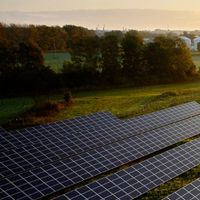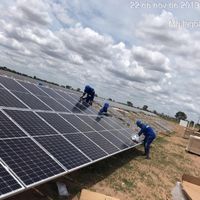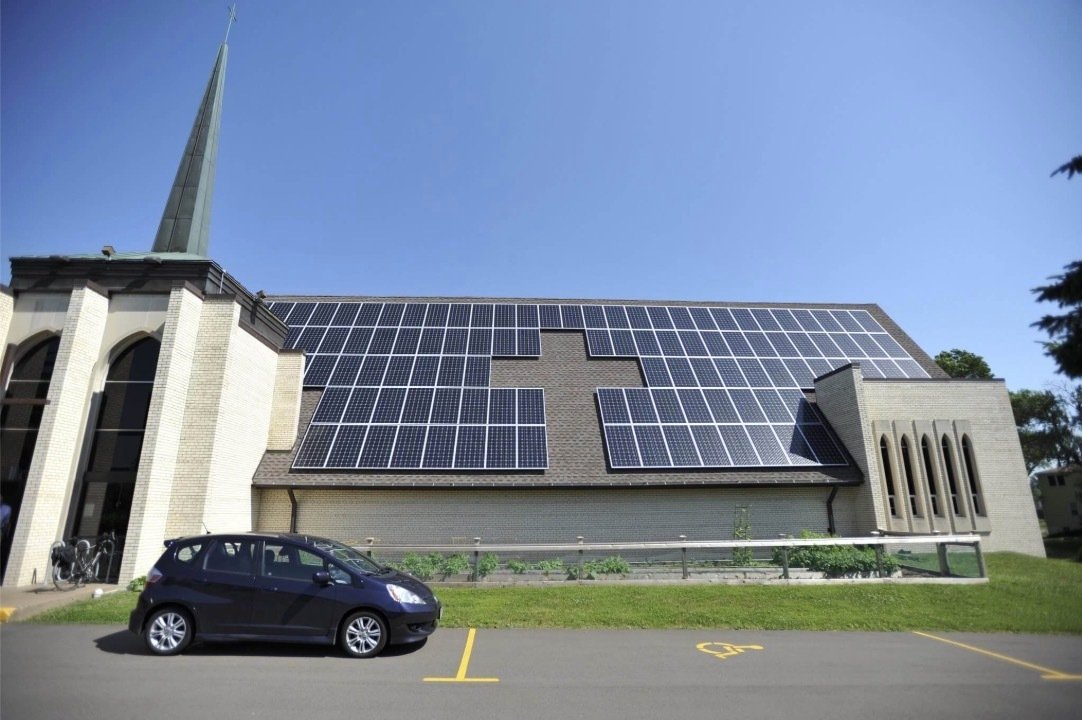2023.May
09
Germany: Plug-in photovoltaic systems on garden fences
After rooftop solar, electricity can also be generated on garden fences. We all know that Europeans have a soft spot for gardens. According to reports, German balcony solar module supplier Green Akku is now offering ZaunPV (fencePV), a plug-in photovoltaic system that can be easily installed on garden fences. Generating electricity on a garden fence Fence photovoltaic is a new type of photovoltaic power generation system that can combine fences with photovoltaic panels to convert solar energy into electricity. This system can provide energy for the fence, while also injecting excess electricity into the grid, improving energy efficiency. Fence photovoltaics can also be used for lighting, access control, monitoring and other systems in public places, as well as power supply in rural areas. The company offers a complete set of products, including solar modules, inverters and special mounts, for a retail price of 416.81 euros ($456.3) plus shipping. According to Green Akku, the zero-rated rate for residential PV applies to end customers, while resellers have to pay the usual VAT rate of 19%. Garden fencing - what else to expect The photovoltaic system can be attached vertically to the fence to generate more solar energy even in less sunny weather and winter. This plug-and-play system can also be installed on other types of fencing. The inverter can be connected directly to the home network via a safety plug. Green Akku said the 'ZaunPV' system was designed for installation on garden fences and did not require a permit. In addition to that, they provide all the materials needed to install the system on the fence. Green Akku recommends installing the modules on fences located on the south or east and west sides. Solar energy is mainly generated in the morning and evening, when it can also be used directly in the home. In the case of installation on the south side, a larger amount of solar energy will be absorbed and utilized by the photovoltaic system. In addition to residential buildings, fence photovoltaics can also be used in cities, industries, public facilities and other fields, including urban walls, rural fences, highways, schools, hospitals and other places. In addition to photovoltaic fences, products and designs such as solar anti-theft fences and photovoltaic monitoring fences have gradually entered the public eye. Development and Prospect of Fence Photovoltaic in the World Germany, as one of the leading countries in the field of renewable energy in the world, has a wide range of fence photovoltaic applications, including solar anti-theft fences, fence photovoltaic monitoring, etc. Australia has a large amount of solar power generation, and fence photovoltaics are widely used in the country, and are widely used in public places and rural areas. The development of the fence photovoltaic field in the United States is relatively mature. Many states have adopted fence photovoltaic technology to supply power to public facilities, such as gas sta...
Read More









